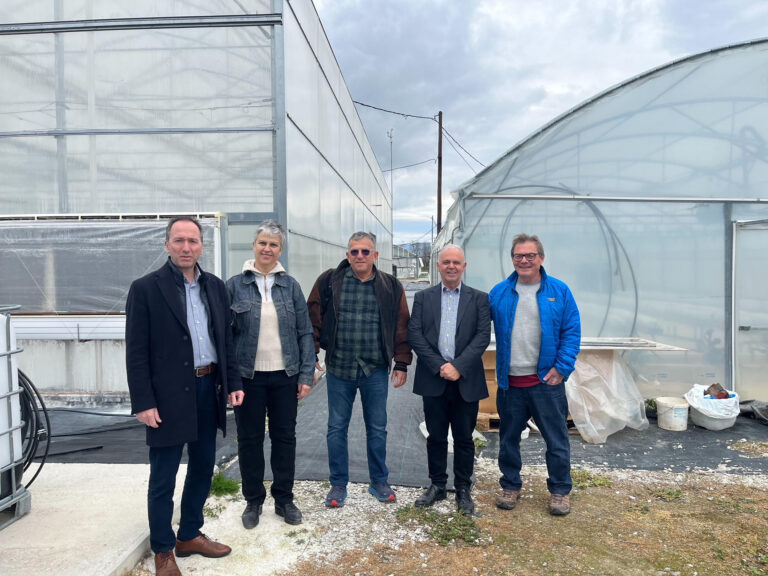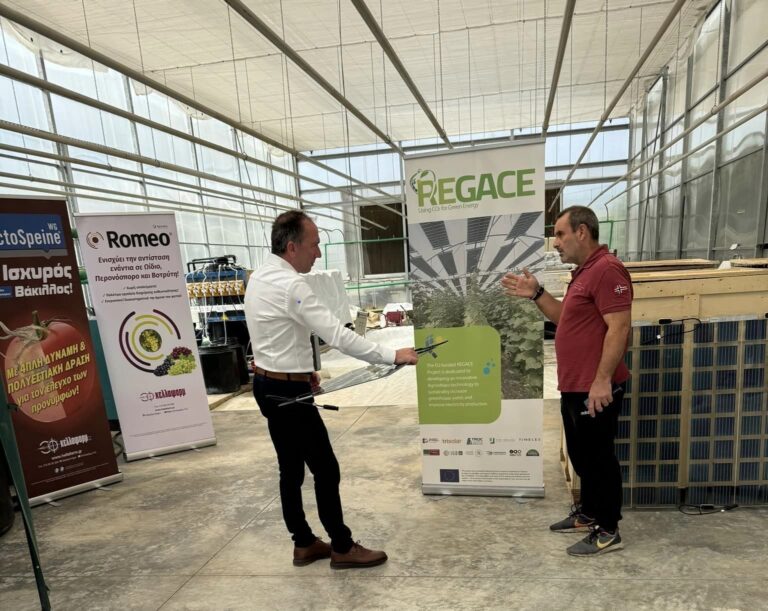In the last fifteen years there has been a great increase in the installation of photovoltaic parks for electricity production energy from renewable sources. These parks usually cover agricultural land, which in many cases is highly productive land.
The European Union (EU), in its attempt to deal with the problem of the possible reduction of agricultural land available for cultivation, promotes the practice of Agro-Photovoltaic systems (APVs), which ensure the simultaneous use of the land, both for the production of electricity through photovoltaics, as well as for agricultural production.
This practice is very relevant to a number of EU policies (energy transition, agriculture, environment, research and innovation), directly supporting the objectives of the European Green Deal. In order for this development to occur, various challenges related to the installation of APVs will have to be explored and addressed.
In the framework of the Horizon 2020 programs, the European Commission funded the REGACE project, in which the University of Thessaly (UTH), led by Professors Chryssoula Papaioannou and Nikolaos Katsoulas, and 11 other partners from the EU and Israel, participate.
In the REGACE project, UTH has undertaken to investigate an important challenge: to apply photovoltaics that will generate electricity, under the roofs of greenhouses inside in which vegetables will be cultivated. The challenge lies in the fact that these two systems, photovoltaics and greenhouses, work in competition with each other, as both need solar radiation.
To address this challenge, UTH will install photovoltaic panels inside the greenhouse and above the crop, which will have the particularity of being able to rotate along their axis, thus making it possible to adjust their position and therefore the shading they will cause in the greenhouse environment, and then investigate their effect on both the crop and the produced electricity.
The goal of the project is the development of the optimal management strategy of photovoltaics, which will allow the maximum possible utilization of solar radiation for the production of electricity and at the same time ensure the optimal conditions for the growth of the crop.
The maximum profit will thus be achieved from the optimal combination of electricity production and greenhouse products, where the greenhouse with the energy of the photovoltaics will cover its energy needs while the surplus can be allocated to crop growth conditions thus making the greenhouse more sustainable and productive. The parameter of the enrichment of the greenhouse environment with carbon dioxide will be added to the system to investigate the improvement of crop productivity under low light conditions.
The experiments will take place in the pilot Greenhouse Park of the Laboratory of Agricultural Construction and Environmental Control of the University of Thessaly at the farm of the University of Thessaly in Velestino, while, at the same time, this technology will be also tested in five more greenhouses spatially located between Berlin (northernmost) and Jerusalem (southernmost location) so that the relevant comparisons can be made.
In addition to the economic impact, there is also the positive effect on the eco-environmental sustainability of the greenhouse, as the project will contribute to the diversification of the energy producer market in which greenhouse owners will be able to play an important role.
—-
The article was published by Piraeus Bank for the 30th International Fair Agrotica 2024 in the Thessaloniki, Greece.



